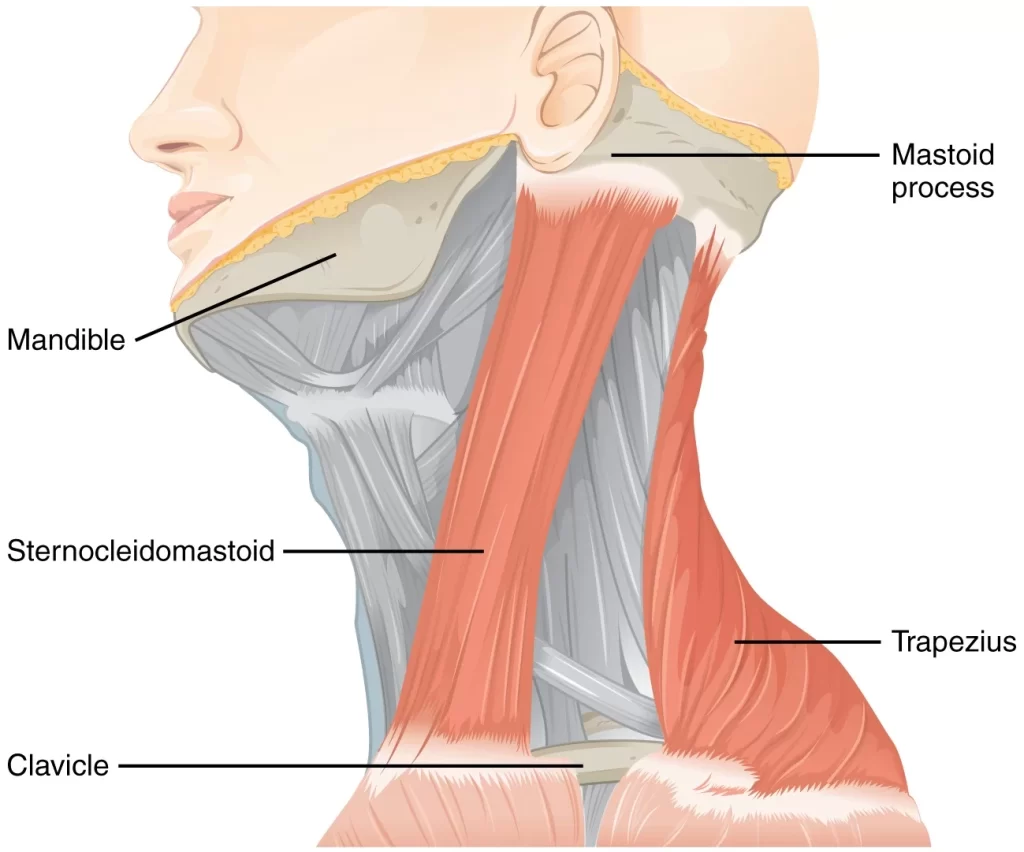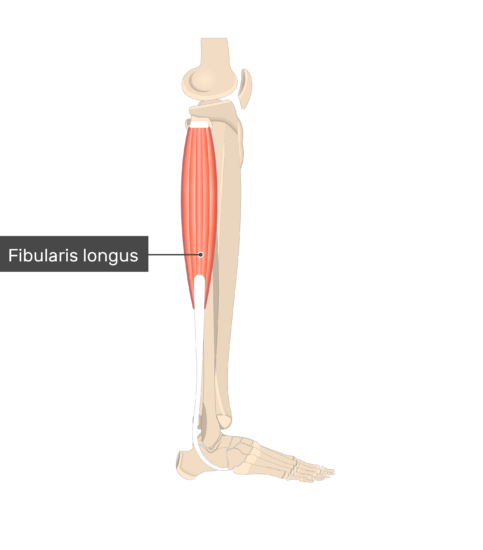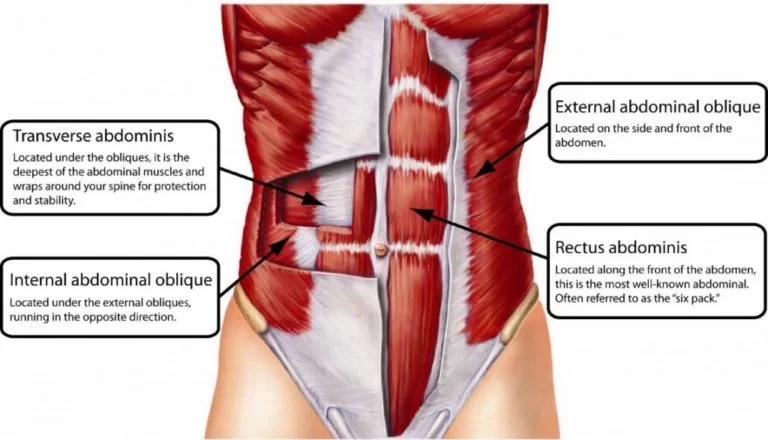Neck Muscles – Anatomy and Exercise
Introduction
Neck muscles are bodies of tissue that produce motion in the neck when stimulated. The muscles of the neck run from the base of the skull to the upper back and work together to bend the head and assist in breathing.
The neck muscles include Platysma, Sternocleidomastoid, Splenius capitis muscle, Longus capitis muscle, Longus colli muscle, Rectus capitis anterior, Rectus capitis lateralis, Scalanus anterior muscle, Scalanus medius muscle and Scalanus posterior muscle.
Anatomy
1. Platysma Muscle

Origin:
It originates from the subcutaneous tissue of the infraclavicular and supraclavicular regions.
Insertion :
It inserts in the base of the mandible, skin of the cheek and lower lip, angle of the mouth, orbicularis oris.
Nerve Supply:
It is supplied by the cervical branch of the facial nerve.
Action:
It depresses the mandible and the angle of the mouth.
2. Sternocleidomastoid Muscle

Origin:
It has two head
Sternal head: origins from superoanterior surface of manubrim of the sternum.
Clavicular head: origins from the superior surface of the medial third of the clavicle.
Insertion:
It inserts on the mastoid process of the temporal bone and superior nuchal line.
Nerve Supply:
It is supplied by the spinal accessory nerve.
Action:
Unilaterally it causes contralateral cervical rotation and ipsilateral cervical flexion
Bilaterally it causes cervical flexion and elevation of the sternum.
3. Splenius capitis Muscle:

Origin:
It originates from the nuchal ligament and spinous process of C7-T3.
Insertion:
It inserts on the mastoid process of the temporal and occipital bone.
Nerve Supply:
It is supplied by the posterior ramus of spinal nerves C3 and C4.
Action:
It acts as an extensor, rotator, and lateral flexor of the head.
4. Longus Capitis Muscle:

Origin:
It originates from the anterior tubercle of transverse processes of C3-C6.
Insertion:
It inserts on the basilar part of the occipital bone.
Nerve Supply:
It is supplied by the anterior rami of spinal nerves C1-C3.
Action:
Bilateral contraction causes head flexion
Unilateral contraction causes ipsilateral head rotation.
5. Longus Colli Muscle:

Origin:
It has 3 parts
The superior part origins from the anterior tubercles of transverse processes of C3-C5 vertebrae.
The intermediate part originates from the anterior surface of the bodies of the C5-C7 vertebrae.
The inferior part originates from the anterior surface of the bodies of T1-T3 vertebrae.
Insertion:
It has 3 parts
The superior part inserts on the anterior tubercle of the C1 vertebrae.
The intermediate part inserts on the anterior surface of the bodies of the C2-C4 vertebrae.
The inferior part inserts on the anterior tubercles of transverse processes of C5-C6 vertebrae.
Nerve Supply:
It is supplied by the anterior rami of spinal nerves C2-C6.
Action:
Bilateral contraction causes neck flexion and ipsilateral neck lateral flexion.
Unilateral contraction causes contralateral neck rotation.
6. Rectus Capitis Anterior Muscle:

Origin:
It originates from the anterior surface of the lateral mass and the transverse process of the atlas.
Insertion:
It inserts on the inferior surface of the basilar part of the occipital bone.
Nerve Supply:
It is supplied by the anterior rami of C1-C2 spinal nerves.
Action:
It flexes the neck at the atlanto-occipital joint.
7. Rectus Capitis Lateralis Muscle:

Origin:
It originates from the superior surface of the transverse process of the atlas.
Insertion:
It inserts on the inferior surface of the basilar part of the occipital bone.
Nerve Supply:
It is supplied by the anterior rami of the C1-C2 spinal nerve.
Action:
It causes ipsilateral neck lateral flexion at the atlanto-occipital joint.
8. Scalenus Anterior Muscle:

Origin:
It originates from the anterior tubercle of transverse processes of C3-C6 vertebrae.
Insertion:
It inserts on the anterior scalene tubercle of the first rib and the superior border of the first rib.
Nerve Supply:
It is supplied by the anterior rami of C4-C6 spinal nerves.
Action:
Bilateral contraction causes neck flexion
Unilateral contraction causes ipsilateral neck lateral flexion and contralateral neck rotation.
9. Scalenus Medius Muscle

Origin:
It originates from posterior tubercles of transverse processes of C3-C7 vertebrae.
Insertion:
It inserts on the superior border of the first rib.
Nerve Supply:
It is supplied by the anterior rami of C3-C8 spinal nerves.
Action:
It causes neck lateral flexion.
10. Scalenus Posterior Muscle

Origin:
It originates from posterior tubercles of transverse processes of C5-C7 vertebrae.
Insertion:
It inserts on the external surface of the second rib.
Nerve Supply:
It is supplied by the anterior rami of C6-C8 spinal nerves.
Action:
It causes neck lateral flexion and elevates the second rib.
NECK PAIN
Many people experience neck pain or stiffness occasionally. In many cases, it’s due to poor posture or overuse. Sometimes, neck pain is caused by injury from a fall, contact sports, or whiplash. Most of the time, neck pain isn’t a serious condition and can be relieved within a few days. But in some cases, neck pain can indicate serious injury or illness.
Causes:
The causes of neck pain are as follows:
- Poor posture
- Working at a desk for too long without changing position
- Sleeping with your neck in a bad position
- Jerking your neck during exercise
- Injury
- Meningitis
- Rheumatoid Arthritis
- Fibromyalgia
- Cervical Spondylosis
- Herniated Cervical disk
- Spinal stenosis
Symptoms
- Severe neck pain without apparent cause
- Weakness
- Numbness
- Tingling
- Pain that radiates down the arms or legs
- Inability to move the arms
- Inability to touch the chin to the chest
Treatment
- Ice and heat therapy
- Stretching exercise
- Neck collar
- Traction
- Muscle relaxants
- Pain medication
- Corticosteroid injections
STRETCHING EXERCISES OF NECK MUSCLE
1. Seated Neck Stretch

- Sit on the floor in a cross-legged position or in a chair with your feet flat on the ground.
- Extend the right arm next to the right knee or along the right side of the chair.
- Place the left hand on the top of the head and slowly tilt the head to the left.
- Apply gentle pressure with the hand to increase the stretch.
- To feel a deeper stretch, one can hold onto the right knee or the seat of the chair.
- This stabilizes the torso and allows to isolate the stretch on the side of the neck.
- Hold on this side for 30 seconds, then slowly lift the head up and repeat this stretch on the other side.
2. Seated Clasping Neck Stretch

- Sit comfortably in a chair or on the floor.
- Clasp the hands and bring both palms to the back of the head.
- Sit with a tall spine and ground the hips firmly into the seat.
- From here, begin to gently press the hands down toward the thighs, tucking the chin into the chest.
- While pressing down, use the heels of the palms to pull the head away from the shoulders. This will intensify the stretch even more.
- Hold here for at least 30 seconds, and then slowly lift the head up and release the hands.
3. Behind the back neck Stretch

- Stand with the feet hip distance apart and arms by the sides.
- Reach both hands behind the backside, and hold onto the left wrist with the right hand.
- Using the right hand to gently straighten the left arm, pull it away slightly.
- To increase the stretch in the neck, slowly lower the right ear toward the shoulder.
- Stay here for 30 seconds and then switch sides.
4. Side Rotation Stretch

- Keep the head squarely over the shoulders and the back straight.
- Slowly turn the head to the right until one feels a stretch in the side of the neck and shoulder.
- Hold the stretch for 15-30 seconds, and then slowly turn the head forward again.
- Repeat on the left side. Do up to 10 sets.
STRENGTHENING EXERCISE OF NECK MUSCLE
1. Shoulder Scapular Squeeze:

- Squeeze the shoulder blades together as shown in the picture.
- Hold it for 5 seconds and repeat 10 times.
- Only squeeze hard enough to encourage good posture, not to create pain or discomfort.
- Perform this exercise 2 times per day
2. Wall Push-Up

- Start with feet approximately shoulder width apart.
- Place hands against the wall slightly below shoulder level and elbows straight as shown in the picture.
- Bend elbows while keeping your head in a neutral position.
- Repeat 10 times with 1-2 sets. Perform this exercise 2 times per day.
3. Theraband Rows

- Place Theraband around a doorknob or tie a knot in the Theraband and close it in the door. Anchor the band at chest level.
- Stand tall with each end of Theraband in the hands, knees slightly bent, and abdominal muscles tight.
- Maintaining tight trunk muscles, pull arms back while squeezing shoulder blades together.
- Focus on squeezing the shoulder blades without shrugging the shoulders up towards the ears.
- Return to starting position.
- Do not lean back. Repeat 20 times. Perform 2 times per day.
4. Prone Rows

- Lie on your stomach with the arms dangling off the side of the bed (try angling the body in such a way that the head is facing the corner of the bed).
- Use a pillow under the stomach for comfort.
- Begin by pulling arms back while bending elbows and squeezing shoulder blades together then slowly return to the starting position.
- Do not lift your head up while pulling your arms back. Repeat 20 times. Perform 2 times per day.
FAQ
What are neck muscles called?
The sternocleidomastoid, which connects the skull to the thoracic cage, and the scalenes, which join the cervical vertebrae to the thoracic cage, are two of the neck muscles. The head and neck are moved by these muscles.
What are the functions of neck muscles?
Numerous vital functions, such as head and neck movement, chewing and swallowing, speaking, making facial expressions, and eye movement, are carried out by the muscles in the head and neck.
What are the muscles in the neck?
The neck is a complex structure that supports the head and allows for a wide range of motion. It is composed of muscles, bones, ligaments, tendons, and nerves. The muscles of the neck can be divided into three groups: anterior (front), posterior (back), and lateral (side).
Anterior neck muscles:
Sternocleidomastoid (SCM)
Infrahyoid muscles
Prevertebral muscles
Posterior neck muscles:
Trapezius
Splenius capitis
Splenius cervicis
Nuchal muscles
Lateral neck muscles:
Scalene muscles
Sternocleidomastoid (SCM)
Levator scapulae








16 Comments